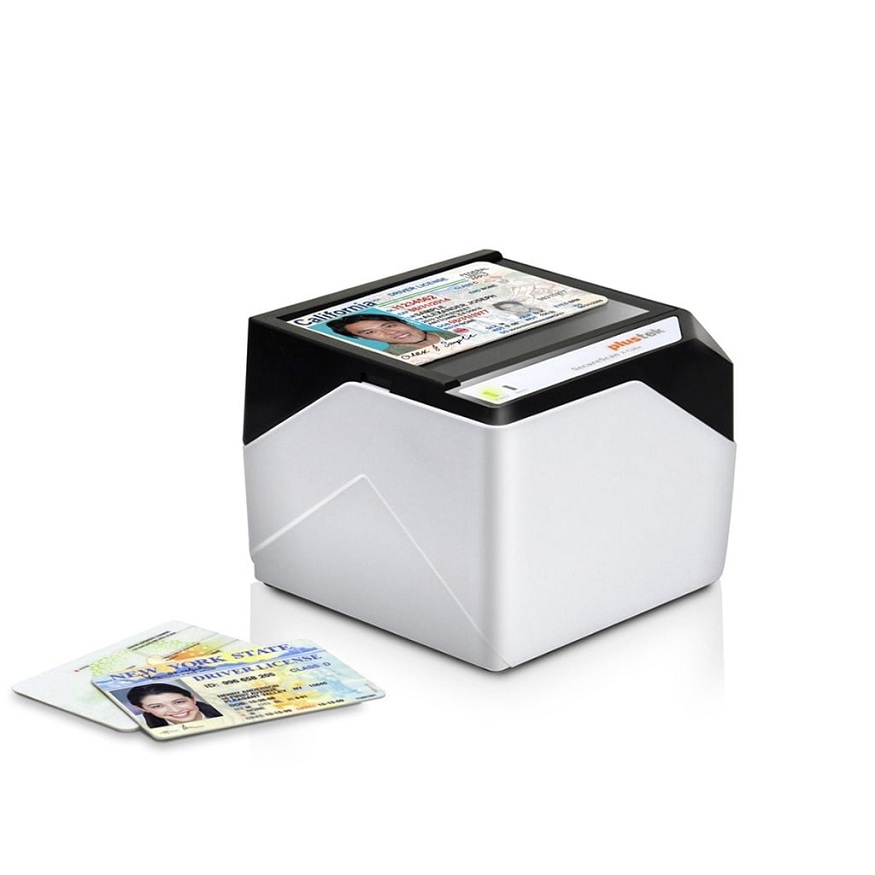In an increasingly digital world, the verification of identity documents has become a critical component of various industries, from banking to travel, and even in everyday transactions. ID document scanning technology is revolutionizing the way organizations authenticate identities, ensuring processes are not only efficient but also secure.
Traditionally, verifying an identity document required manual checks, which were not only time-consuming but also prone to human error. The introduction of ID document scanning has streamlined this process, enabling organizations to automate verification with state-of-the-art technology. This advancement has opened up new opportunities for businesses to enhance their customer experience while maintaining high security standards.
The primary benefit of ID document scanning lies in its ability to quickly capture and digitize essential information from various identity documents, such as passports, driver’s licenses, and national IDs. This technology uses optical character recognition (OCR) to extract data, allowing for immediate and accurate information processing.
One of the key areas where ID document scanning has made a significant impact is in the financial sector. With the rise of online banking and digital payment systems, financial institutions need to be able to verify customer identities rapidly and securely. By implementing ID document scanning, banks can onboard customers more efficiently, reducing the time required to complete identity checks from days to mere minutes. This not only enhances customer satisfaction but also allows financial institutions to reduce operational costs.
Travel and hospitality industries have also benefited significantly from ID document scanning technology. For example, airlines utilize this technology to streamline check-in processes at airports. With an efficient scanning system in place, passengers can have their identity documents verified swiftly, allowing them to move through security checks and boarding processes more rapidly. This results in shorter wait times and a smoother overall travel experience.
Beyond these sectors, ID document scanning is finding applications in various other fields including e-commerce, healthcare, and education. For e-commerce businesses, verifying customer identities through scanned ID documents can help to prevent fraud, thereby protecting both the company and its customers. In healthcare, patient identity verification ensures that individuals receive the correct treatment, and their medical records are accurately maintained. Educational institutions are also using document scanning to verify the identities of applicants, ensuring the integrity of admission processes.
Furthermore, as the technology continues to evolve, the accuracy and efficiency of ID document scanning are expected to improve, making it an even more integral part of identity verification processes. Innovations in scanning technology, such as mobile scanning applications, allow individuals to submit their identity documents easily from their smartphones, which enhances accessibility and convenience.
In conclusion, ID document scanning is poised to become a cornerstone in the future of identity verification. Its ability to enhance efficiency, improve customer experiences, and maintain security is transforming how organizations interact with customers and clients. As businesses continue to adopt this technology, the possibilities for improvement and innovation are endless, setting the stage for a more streamlined, secure digital landscape.

 Create a Personalized Fitness Program with Tennessee Men’s Clinic
Create a Personalized Fitness Program with Tennessee Men’s Clinic  How to Choose the Right Lube Oil Pump for Your Machinery
How to Choose the Right Lube Oil Pump for Your Machinery  Zyon Grand and Promenade Peak: A New Way to Live in Luxury
Zyon Grand and Promenade Peak: A New Way to Live in Luxury  From Manual to Fully Automated: What a Go High Level Expert Can Do in Just One Week
From Manual to Fully Automated: What a Go High Level Expert Can Do in Just One Week  Skye at Holland: A Peaceful Getaway Close to Penrith
Skye at Holland: A Peaceful Getaway Close to Penrith  Portable Household Generators: The Eco-Friendly Power Solution for Your Home Garden
Portable Household Generators: The Eco-Friendly Power Solution for Your Home Garden  Should You Choose a Gold Loan Over a Personal Loan for Emergencies?
Should You Choose a Gold Loan Over a Personal Loan for Emergencies?  The Role of Fluoroscopy and Neuronavigation in MISS
The Role of Fluoroscopy and Neuronavigation in MISS  Ayurvedic Hair Oil: Nourish and Restore Your Hair’s Naturally
Ayurvedic Hair Oil: Nourish and Restore Your Hair’s Naturally 